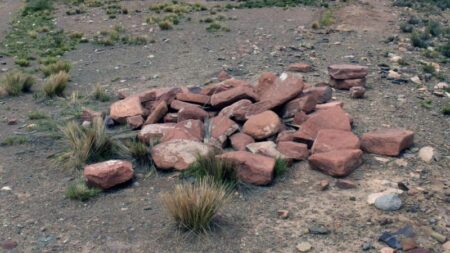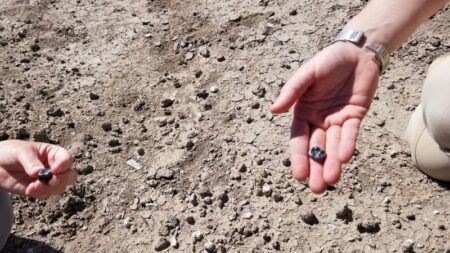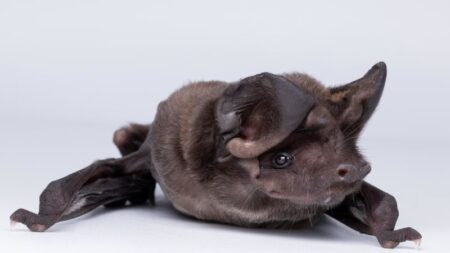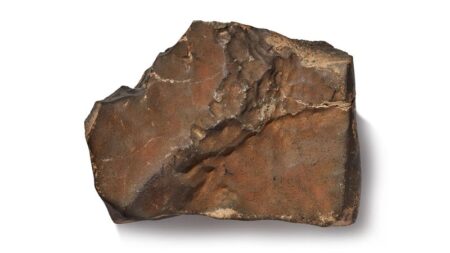Archaeological discoveries continually reshape our understanding of ancient cultures, and a recent study published in the journal *Antiquity* shines a light on the body art of the Pazyryk culture from the Iron Age. Utilizing advanced techniques, researchers have been able to extract detailed insights into the tattoos of a woman whose remains were found in Siberia’s Altai mountains. This remarkable region, characterized by its permafrost, has preserved not only the mummified bodies but also the tattoos that adorned them for over 2,000 years.
The Pazyryk culture, renowned for its elaborate burial practices and intricate artistry, has often sparked the fascination of archaeologists. According to Gino Caspari, an archaeologist affiliated with the Max Planck Institute of Geoanthropology and the University of Bern, the tattoos have long captivated researchers due to their complex figurative designs. Despite this intrigue, much of the previous work in this area relied on early schematic drawings, which unfortunately lacked accuracy and clarity regarding the specific tools and techniques employed by the tattoo artists of that era.
Caspari notes that early interpretations tended to overlook the individuality of the tattooed persons, focusing instead on broader social contexts. However, the new study represents a significant step forward, utilizing high-resolution near-infrared photography to create a meticulous 3D scan of one tattooed mummy. This technological advancement has provided a clearer view of the impressive craftsmanship displayed by Pazyryk tattoo artists, allowing researchers to gain a deeper appreciation for the artistry involved.
The study has revealed significant differences between the tattoos on the woman’s forearms. The right arm features a more intricate design compared to the left, showcasing a higher level of detail and visual techniques. This disparity invites questions regarding the application process; researchers suggest that the creation of the right arm tattoo likely required multiple sessions, incorporating the natural contours of the wrist to create a fluid decorative piece. Such clever placement not only emphasizes the tattoo’s feline focal point but also underscores the artist’s skill and expertise.
In assessing the techniques used, researchers collaborated with contemporary tattoo artists to understand the tools and methods that might have been employed. The findings suggest a high standard of artistry akin to that of today’s professionals, emphasizing consistent linework that would pose a challenge even for modern tattooists. The evidence implies that the region’s tattooing was no mere pastime but a specialized craft requiring significant technical skill and perhaps formal training.
The study advances a deeper narrative surrounding personal expression and agency in body modification practices of prehistoric cultures. Caspari highlights that, rather than being purely ornamental, tattooing emerged as a refined craft, demanding both technical proficiency and an aesthetic sensibility akin to contemporary tattoo artistry. This revelation not only connects ancient Pazyryk tattooing with modern practices but also allows for a reinterpretation of the people behind the art. It enriches our understanding of their lives, processes, and the mistakes they may have made while learning their craft.
Reflecting on the findings, Caspari expressed a sense of proximity to the artists, alluding to how the images come alive through the careful study of their work and technique. This enhances the human element in the narrative of these ancient cultures, bridging a gap that often feels insurmountable when considering the vast expanse of time that separates us. The intricate details revealed through advanced methodologies underscore the importance of innovation in archaeological research, enabling a fuller appreciation of the complexities within ancient societies and their art forms.












